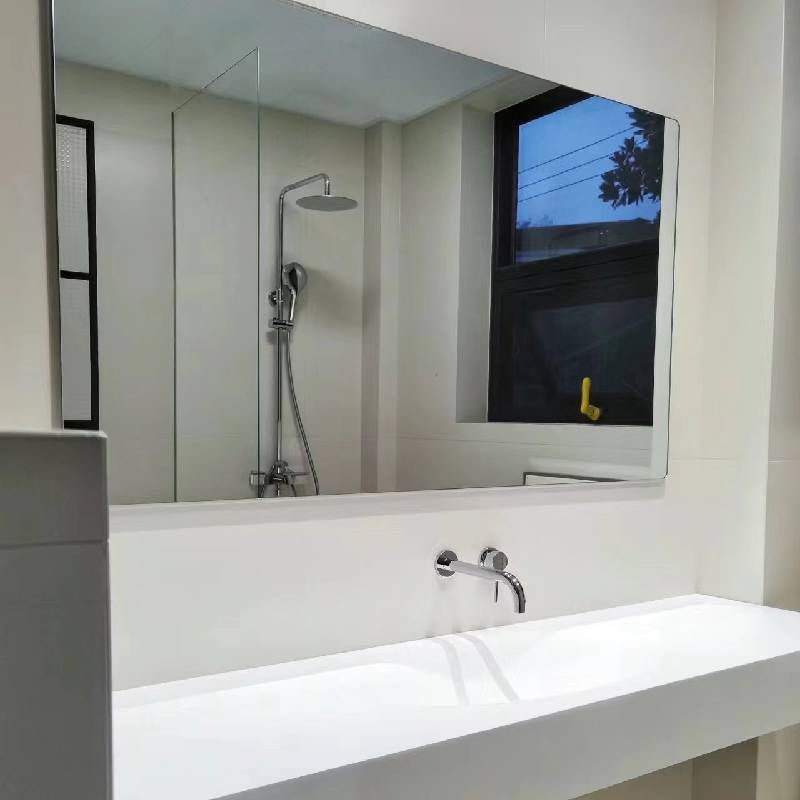

The Beauty and Functionality of Tinted Glass Colors
In the world of architecture and design, tinted glass plays a significant role in enhancing both aesthetic appeal and functional benefits
. The variation in tinted glass colors can dramatically transform the visual impact of a building, while simultaneously providing practical advantages such as privacy, heat reduction, and glare control.One of the most popular aspects of tinted glass is its ability to manipulate light. Different colors can influence how much light enters a space and how that light interacts with the interior environment. For instance, darker tints, such as deep blue or charcoal gray, tend to absorb more sunlight, making them an excellent choice for buildings in hotter climates where excessive heat reduction is necessary. These colors not only help maintain a comfortable interior temperature but also protect furniture and artwork from fading due to UV exposure.
On the other hand, lighter tints—like light green or amber—can soften the harshness of bright sunlight while still allowing natural light to filter through. This is particularly beneficial in office environments, where adequate lighting is essential for productivity but glare from direct sunlight can be distracting. The right tint can create a harmonious atmosphere that promotes well-being while minimizing eye strain.

Beyond their functional benefits, tinted glass colors contribute significantly to a building's aesthetic appeal. Architects and designers can choose shades that complement the overall theme of a structure, creating a striking visual identity. For example, a modern glass façade featuring a reflective blue tint can evoke a sense of tranquility, while a vibrant green tint can bring an organic touch, blending the building with its natural surroundings.
Moreover, tinted glass is an effective tool for achieving privacy without sacrificing light. In residential settings, homeowners can choose tints that obscure views from the outside while allowing natural light to flow in. This is especially important in urban environments, where close proximity to neighboring buildings can make privacy a concern. Tinted glass ensures that spaces remain serene and private without compromising on brightness.
Furthermore, advancements in glass technology have led to the creation of high-performance tinted glass options that provide improved energy efficiency. These products not only reduce energy consumption but also contribute to sustainability efforts, making them an appealing choice for environmentally conscious builders and homeowners.
In conclusion, tinted glass colors offer an array of benefits that extend beyond mere aesthetics. They enhance energy efficiency, provide privacy, and create inviting environments through the manipulation of light. Whether in residential or commercial settings, the careful selection of tinted glass colors can elevate a space's overall design while fulfilling practical functional needs. As the demand for sustainable and visually appealing architecture grows, tinted glass will undoubtedly remain a vital element in modern construction.